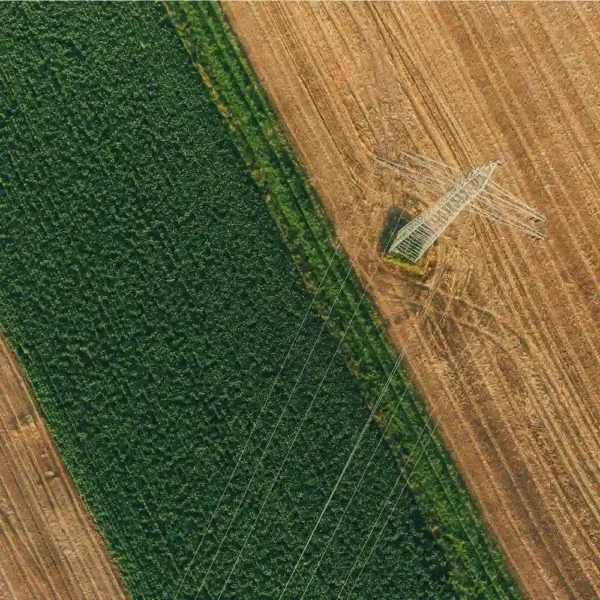
An article by Dronelife.com shares:
The global agricultural drone industry is experiencing unprecedented growth, with adoption rates soaring as regulatory frameworks mature and technology advances. According to DJI Agriculture‘s fourth annual Agricultural Drone Industry Insight Report, agricultural drones have become essential farm equipment worldwide, transforming traditional farming practices while delivering significant environmental and economic benefits.
By the end of 2024, approximately 400,000 DJI Agriculture drones were in use globally, representing a remarkable 90% increase from 2020. These drones have collectively treated over 500 million hectares across more than 100 countries, serving over 300 types of crops. The widespread adoption has yielded impressive environmental benefits, with cumulative water savings of approximately 222 million tons and reduced carbon emissions of 30.87 tons.
According to earlier reports, agricultural drones have significantly reduced chemical product usage by 47,000 metric tons and cut carbon emissions by 25.72 million metric tons – equivalent to the annual carbon sequestration of 1.2 billion trees. These environmental gains highlight the technology’s contribution to sustainable farming practices.
The industry’s growth is supported by a robust training infrastructure, with 6,000 instructors having trained approximately 300,000 pilots globally. Yuan Zhang, Head of Global Sales at DJI Agriculture, noted: “Thanks to research-based policies and a clearer process for operator training, adoption among young people and women has grown significantly.”
A key factor driving the agricultural drone boom has been the evolution of regulatory frameworks worldwide. Aviation authorities are increasingly implementing farmer-friendly policies to accelerate precision farming adoption. For example, Brazil’s ANAC has amended regulations to streamline requirements, now only requiring drone registration and pilot licensing before operations can begin. Similarly, Argentina has reduced restrictions for drone deployment in agricultural areas, while Spain has simplified the approval process for agricultural drone usage.
These regulatory advances represent a significant shift from previous approaches, with many nations now classifying agricultural drones as low-risk aircraft and providing guidance for their use in agricultural spraying similar to ground-based equipment regulations.
Soaring to new heights, together.
Be sure to visit the BWU Technology Partnerships Initiative website to learn more about how our NEOFIX program drives economic growth, promotes policy and infrastructure to improve drone safety and efficiency in various industries, and ensures that drone technology is being used responsibly.

